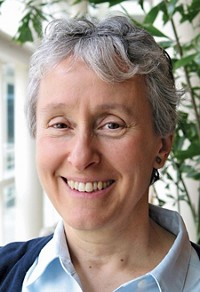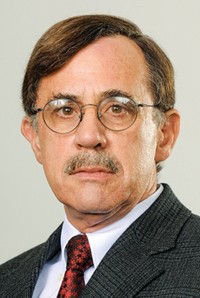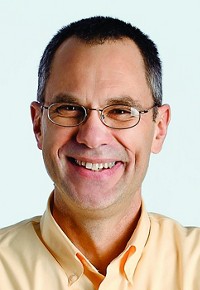Advertisement
Grab your lab coat. Let's get started
Welcome!
Welcome!
Create an account below to get 6 C&EN articles per month, receive newsletters and more - all free.
It seems this is your first time logging in online. Please enter the following information to continue.
As an ACS member you automatically get access to this site. All we need is few more details to create your reading experience.
Not you? Sign in with a different account.
Not you? Sign in with a different account.
ERROR 1
ERROR 1
ERROR 2
ERROR 2
ERROR 2
ERROR 2
ERROR 2
Password and Confirm password must match.
If you have an ACS member number, please enter it here so we can link this account to your membership. (optional)
ERROR 2
ACS values your privacy. By submitting your information, you are gaining access to C&EN and subscribing to our weekly newsletter. We use the information you provide to make your reading experience better, and we will never sell your data to third party members.
Materials
Arthur W. Adamson Award For Distinguished Service In The Advancement Of Surface Chemistry
by Melody M. Bomgardner
January 20, 2014
| A version of this story appeared in
Volume 92, Issue 3
Sponsored by the ACS Division of Colloid & Surface Chemistry and the ACS journal Langmuir
After reading biographies of Marie Curie and Louis Pasteur, Melissa A. Hines decided that she wanted to be a chemist. That was in second grade. “In all honesty, I decided to be a chemist right after I found out I couldn’t be a cowboy,” Hines recalls. She remembers that part of the allure was definitely the cool lab coats.
She grew up in Texas, where her family was not enthusiastic: Chemistry, they said, was not a good career for a young woman. But Hines’s oppositional attitude carried her all the way to Massachusetts Institute of Technology, where she majored in chemistry and joined the lab of a new faculty member, Sylvia T. Ceyer, who was working on an elegant project.
“She was taking individual molecules and throwing them at a surface to see if they would react,” Hines says. Turns out, if you throw them very hard, they often do react.
This experience also introduced Hines to the notion that “real surface science” must be done in ultra-high vacuum to prevent contamination.
Her undergraduate experience hooked Hines on surface chemistry, and on throwing molecules at surfaces, which she continued to do as a graduate student at Stanford University, where she received a Ph.D. in 1992. There she showed that the orientation of a molecule when it hits a surface also determines whether it reacts—sometimes molecules hit “upside down” and bounce.
As a postdoctoral researcher at the famed Bell Labs, Hines’s view of surface science was shaken when she saw researchers making ultraclean silicon surfaces in a beaker, not in a vacuum. Because a single speck of dust would destroy an integrated circuit, industrial researchers developed aqueous solutions that clean silicon down to the atomic scale.
Now, as director of the Cornell University Center for Materials Research, Hines, 51, studies these types of reactions to understand surface chemistry on an atomic scale.
One major problem in industry is that the aqueous reactions used to create a clean surface leave the silicon rough. But “Melissa showed that control of pH and mesoscale inhomogeneities leads to near-perfect surfaces,” observes Yves J. Chabal, head of the department of materials science and engineering at the University of Texas, Dallas, and Hines’s postdoctoral research mentor.
To sort out what chemistry works on particular surface sites, Hines uses scanning tunneling microscopy to study the atomic-scale geometric patterns produced by chemical reactions. She has shown that etching reactions literally write a record of their reactivity in the silicon surface. Using computer models, she can decode this record and explain and predict reactions. “In doing so, she has shown that silicon reactions are far more complicated—and more elegant!—than previously imagined,” Chabal remarks.
In addition to research, Hines has mentored 18 graduate students and also teaches undergraduates with the aim of increasing their appreciation of chemistry. In recent years, she has volunteered in a summer program for high school chemistry teachers at Cornell.
Hines will present her award address before the Division of Colloid & Surface Chemistry.






Join the conversation
Contact the reporter
Submit a Letter to the Editor for publication
Engage with us on Twitter